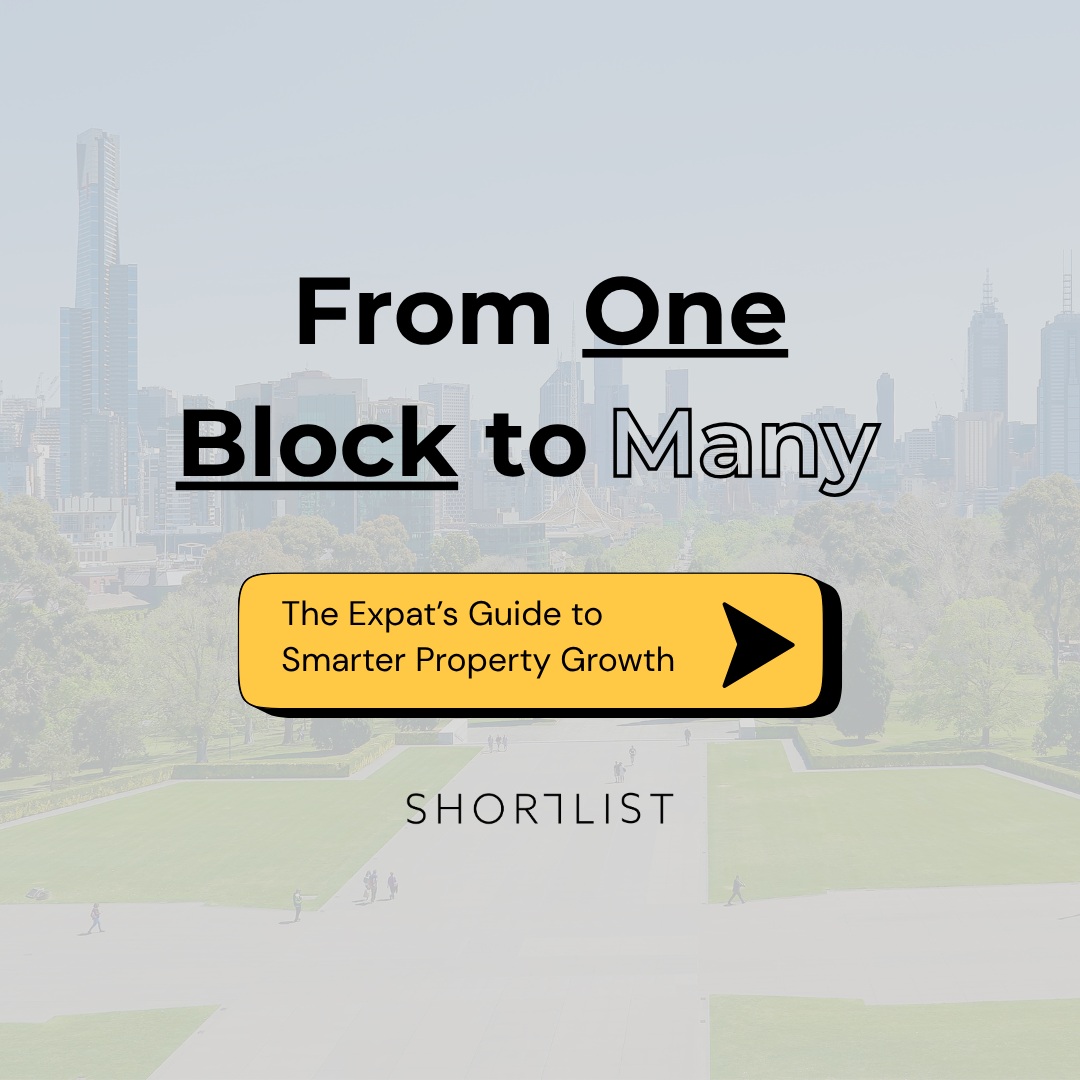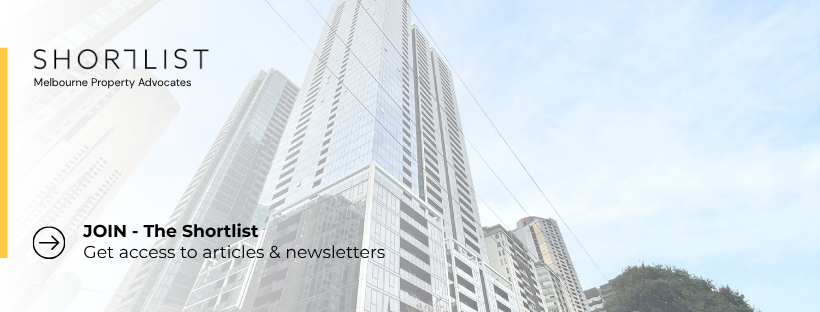For many expats, the biggest question when buying property back home isn’t where to buy. It’s what to buy. Do you choose a forever home now, even if you’re not ready to return? Or do you invest in something flexible that works in the meantime?
This is where subdivision stands out. It’s a strategy that quietly compounds wealth, even before a single brick is laid. And for expats, it can be one of the safest, smartest ways to invest from overseas.
The Hidden Power of Subdivision
Subdivision isn’t just about building. It’s about unlocking options.
Here’s the key insight: once you own a property with subdivision potential, both the original dwelling and the future dwellings start appreciating, even before they’re built. The market values the land not only for what it is today, but for what it can become.
This means:
Silent compounding: The unbuilt dwellings ride the same capital growth wave as the existing property.
De-risked future development: By the time you’re ready to build, much of the profit margin has already been locked in through appreciation. Development becomes a matter of execution, not speculation.
Flexibility: You don’t need to build right away. You can hold, rent, or sell with plans and permits. Each path delivers value.
Why This Works So Well for Expats
If you’re living and working overseas, subdivision offers unique advantages:
- No rush to decide on a forever home: You can let your investment grow in the background, outperforming standard property growth while you figure out long-term plans.
- Accelerated debt repayment: Many expats earn in low or no-tax environments, allowing you to pay down loans faster, compounding equity even further.
- Future flexibility: When you do return, you can sell down part of the block, develop for income, or move into the existing dwelling while keeping options alive.
In short, subdivision creates growth and choice, two things expats value most when investing remotely.
The Many Flavours of Subdivision
Not all subdivisions are created equal. Each type comes with different risk profiles, timelines, and rewards:
- Buy one, add one in the garden
- A classic “house at the front, unit at the back” approach.
- Low risk, lower cost, great for beginners.
- Buy one, build two
- Often suited to corner blocks or larger lots.
- Higher outlay, stronger long-term returns.
- Buy, demolish, and rebuild three or four
- The most ambitious option.
- Higher risk and holding costs, but maximum reward.
What unites all these approaches is that appreciation compounds in the background, so by the time you’re ready to act, the upside is already built in.
Subdivision as a Long-Term Wealth Strategy
Subdivision isn’t about timing the market. It’s about positioning yourself in the right market, with the right property, and letting time do the heavy lifting.
For expats, this is more than just a property play. It’s a way to:
- Outperform the growth of your future home (making it cheaper in relative terms when you eventually buy it).
- Generate wealth passively while living overseas.
- Return with options - equity in hand, a flexible property, and multiple exit points.
Final Thoughts
Subdivision may sound complex, but at its heart, it’s simple: buy once, let time and growth work in your favour, and keep your options open.
For expats unsure of where their forever home might be, a subdivision offers a proven strategy to build wealth safely and powerfully in the background, ensuring that when the time comes, your future home is not only affordable, but already paid for in equity growth.
👉 Want to see how we identify subdivision-ready properties for expats?

